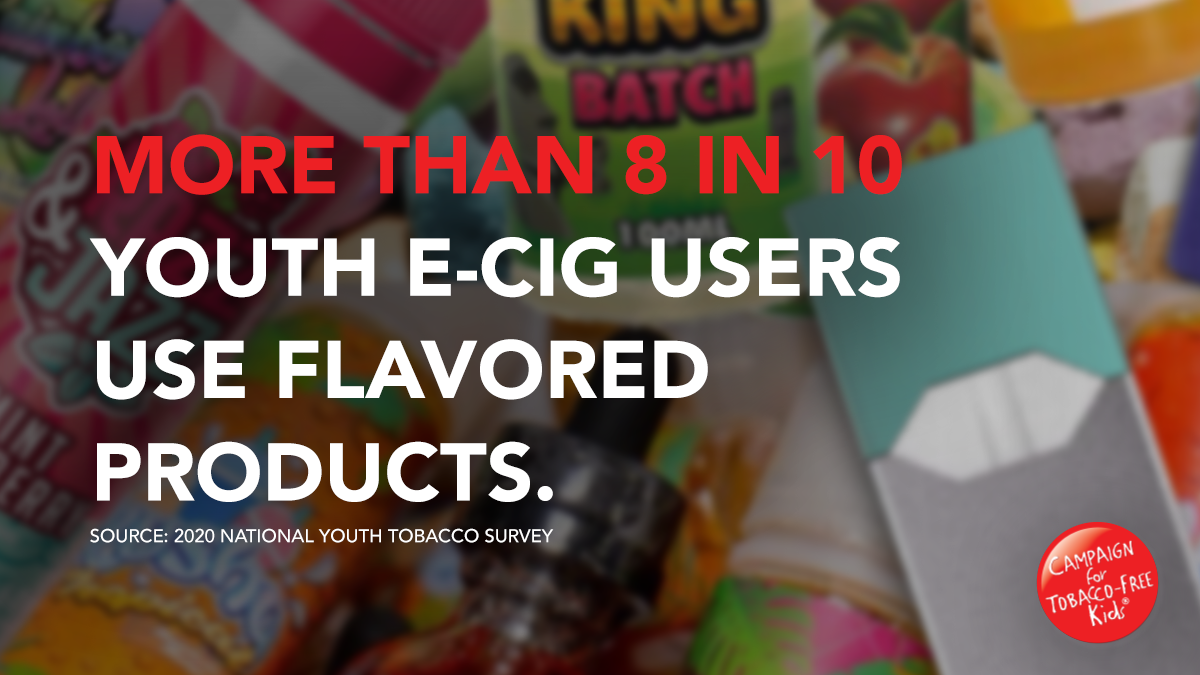Signs Your Child is Using Nicotine and How You Can Help
According to the Minnesota Department of Health’s Teens and Tobacco in Minnesota: Highlights from the 2020 Youth Tobacco Survey:
“In 2020, about one in five high school students had vaped in the past 30 days, a proportion essentially unchanged from three years earlier. However, students are now vaping more frequently than they had been previously, which can be a sign of dependence. A third of students who vape used an e-cigarette on at least 20 of the past 30 days, an 80% increase of frequent vaping since 2017. The majority of students who use e-cigarettes report strong cravings and other signs of nicotine dependence, such as reaching for their e-cigarette without thinking about it. Over half of students who vape want to quit, and nearly two-thirds have already tried to quit, with some having tried to quit as many as 10 or more times without success. Slightly more than half of students would like assistance to quit, especially in-person coaching and nicotine replacement patches or gum.”
Fortunately, research does show that youth who receive caring guidance from a concerned adult are more likely to quit. As concerned adults, we can educate ourselves about e-cigarettes, look for the signs, provide the facts and steer kids in the right direction.What are E-Cigarettes?
E-cigarettes or electronic nicotine delivery devices are devices that heat liquid, rather than burn solids like a conventional cigarette, creating a vapor that is inhaled. Many parents have no idea about the different types of e-cigarettes. Disposable e-cigarettes come prefilled with e-liquid, and the entire device is designed to be discarded after a single use. These often resemble the look and shape of a traditional cigarette.
More disposable devices have popped up like Vuse, SMOK or Hyde that promote 1,500 to 5,000 individual puffs for as low as $20. These products have created a synthetic nicotine that allows them to skirt around any flavor bans. Although not being sold legally, current regulation does not make them illegal. Tank or mod-type devices are refilled by users and are customizable, allowing the user to change the temperature, voltage or nicotine concentrations as well as add accessories to enhance the user experience. This type of device also is used with THC, the element of marijuana that gives the feeling of being “high.”
At this point, there maybe more than just nicotine and marijuana/THC involved, some are also being laced with fentanyl.
What You Need to Know About E-cigarettes
- It is not just harmless water vapor. Vaping liquids contain heavy metals including nickel, lead, tin and other cancer-causing chemicals. These small particles are then inhaled deep into the lungs.
- Even if the packaging does not mention nicotine, it is probably present. Due to the lack of regulation of e-cigarettes, makers do not have to release what level of nicotine is inside. A study found that although they advertise no nicotine, traces of it are typically found.
- Nicotine can have significant negative impacts on the developing brains of children and young adults — anyone younger than 25. Kids’ brains are extremely sensitive to nicotine. Researchers have reported, only a small amount of nicotine can trigger an addiction stronger than the one to heroin or cocaine.
How Can You Tell If Your Child Vapes?
Vaping devices are small and often easy to hide. But you will likely see changes in your kids.
- Vaping dries out mucus membranes in the mouth, throat and nose. When the mouth is dry, it makes certain flavors harder to enjoy. Is your youth looking for ways to add more flavor to foods, maybe more salt or spice than they typically would use?
- Vaping turns off the immune system in the lungs and makes it harder to clean them up. Is your teen experiencing more illnesses than normal?
- Most vapes that kids are using have a fruit or mint flavor. The aromas are sweeter and more flavorful than a conventional cigarette. Are there more fruity smells in your home than there used to be?
- When the brain becomes addicted, it is hard to concentrate on anything else. Are you seeing behavior changes, mood swings and agitation? Are there sudden changes in grades, unexcused absences or tardiness to class?
What Can You Do If You Suspect Your Child Is Vaping?
- Start the conversation in a non-threatening way. If you are too upset, wait until you have calmed. Your goal is to help — not blame.
- Listen and seek understanding. You want to meet your child where he or she is at so that you can walk the journey together. Forcing your agenda will likely push your child away.
Resources That Can Help Teens Quit
- CentraCare’s Tobacco Treatment Program provides both medication and counseling by specially trained providers. Visits can be done both in person and via video visit.
- Quit Partner is Minnesota’s free way to quit nicotine, including smoking, vaping and chewing. They can support your quit with one-on-one coaching and other helpful tools. Check out My Life, My Quit Teen Program for a program specifically designed for teens.
- “This is Quitting,” designed by the Truth Initiative, has helped more than 500,000 youth and young adults to quit vaping. Youth can join for free by texting DITCHVAPE to 88709.
Updated April 22, 2024
